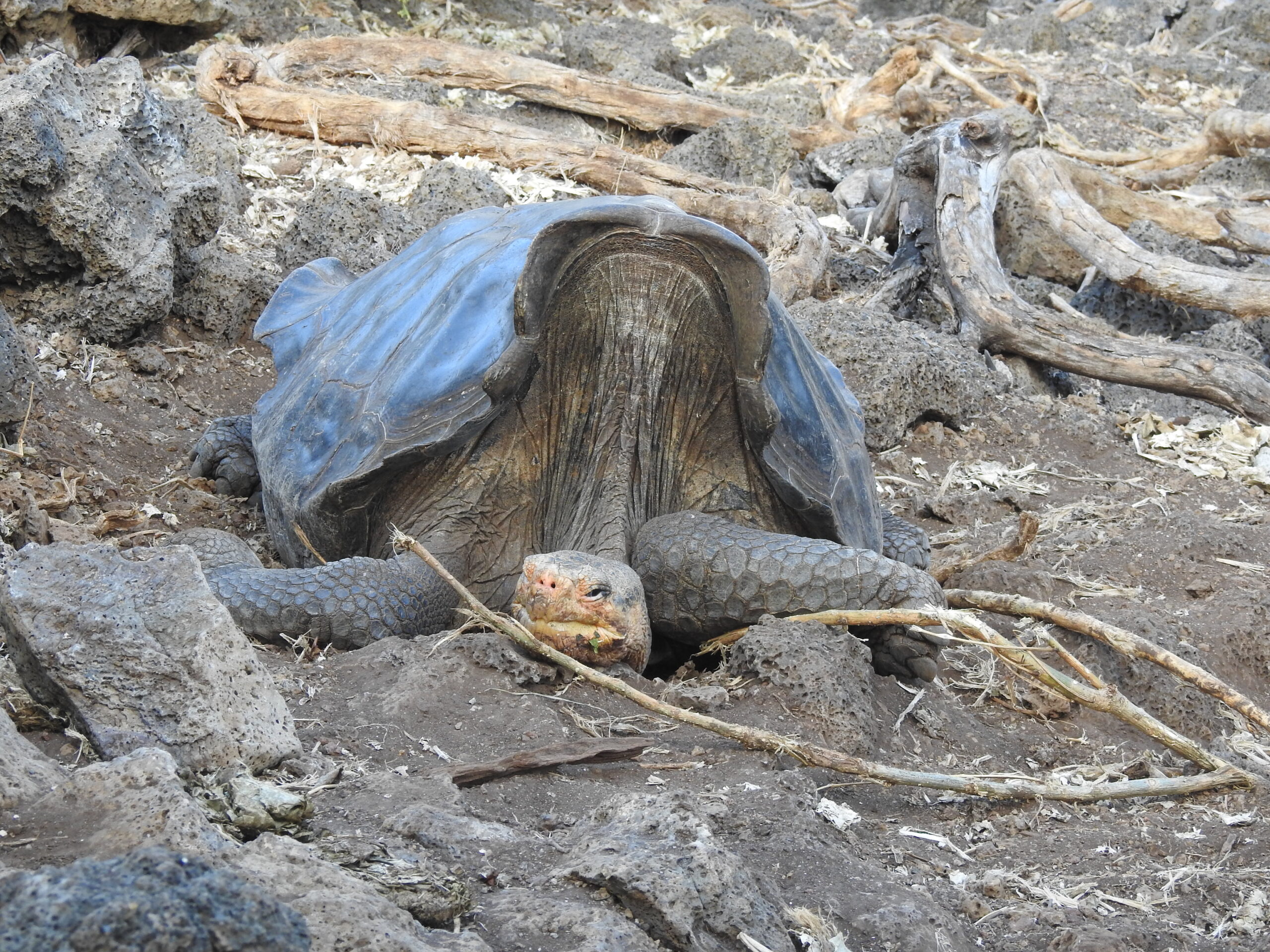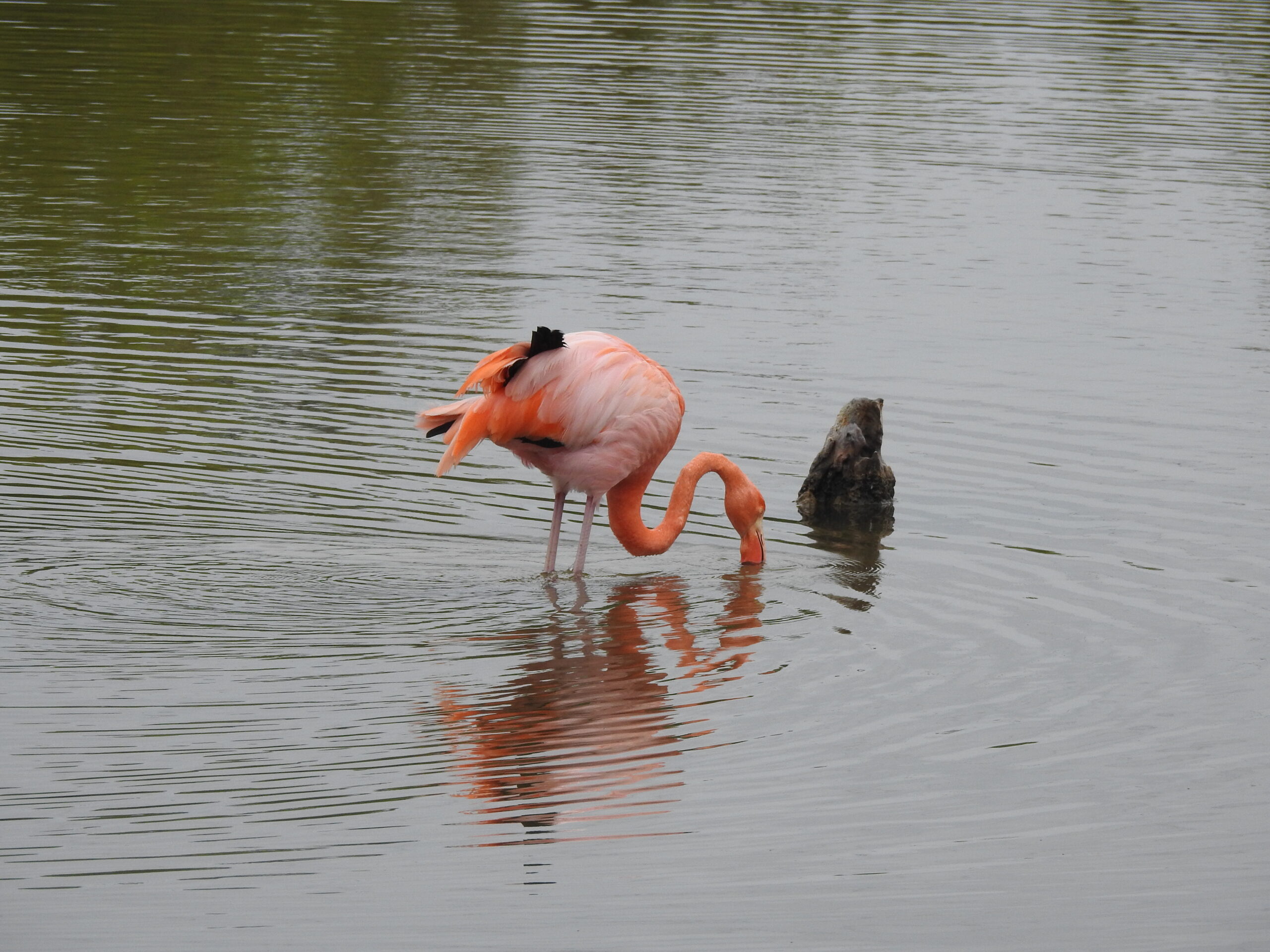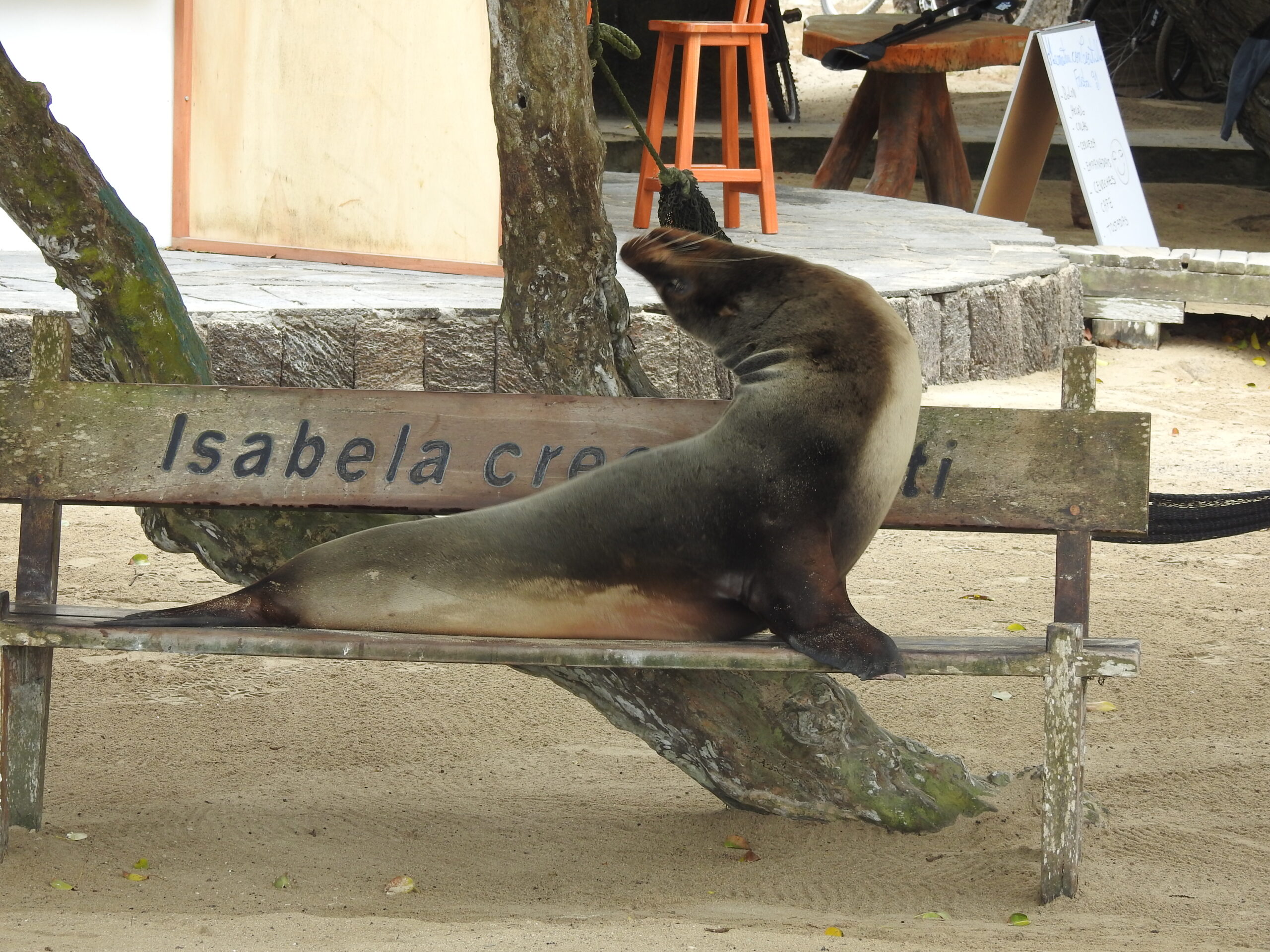The Galapagos Islands are a volcanic archipelago in the Pacific Ocean, situated about 1000 km off the coast of Ecuador. The islands are world-renowned for their unique wildlife, which inspired Charles Darwin’s theory of evolution. The Galapagos Islands consist of 18 main islands, 3 smaller islands, and over 100 islets and rocks, covering a total area of approximately 8,000 square kilometers.
The islands are home to an incredible array of plant and animal species, many of which are found nowhere else on earth. Visitors to the Galapagos Islands can see giant tortoises, marine iguanas, sea lions, penguins, and an incredible variety of bird species, including blue-footed boobies and flightless cormorants.
In addition to its abundant wildlife, the Galapagos Islands also boast stunning natural landscapes, including volcanic craters, lava flows, and pristine beaches with crystal-clear waters. The islands are a popular destination for activities such as snorkeling, scuba diving, hiking, and kayaking.
Overview
The Galapagos Islands, located off the coast of Ecuador, is a natural wonder and a bucket-list destination for many travelers.







